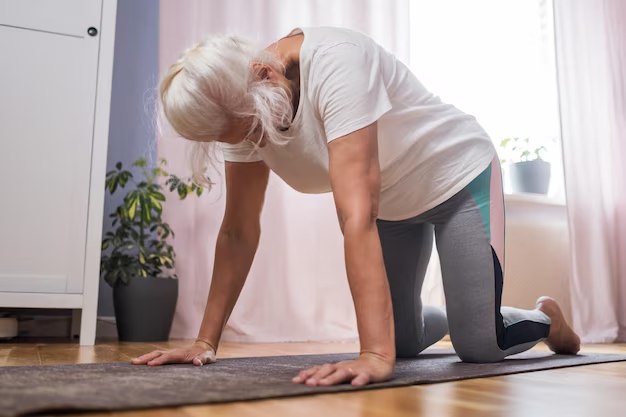Finding the Best and Safest Treatment for Osteoporosis
Osteoporosis is often dubbed the “silent disease” due to its stealthy progression and severe repercussions. Characterized by weakened bones and an increased risk of fractures, it's a condition that primarily affects older adults, particularly women post-menopause. If you or a loved one has been diagnosed with osteoporosis, determining the best and safest treatment is paramount to maintain a healthy and active lifestyle.
Understanding Osteoporosis Treatment Options
Treatment for osteoporosis typically involves a combination of medication, diet, and lifestyle changes to slow bone loss and enhance bone density. Here's a brief overview of the most effective and safest options:
1. Medications
Several medications have proven effective in treating osteoporosis. The most commonly prescribed include:
- Bisphosphonates: These drugs, such as alendronate and risedronate, are widely used as they help prevent bone loss and reduce fracture risk.
- Denosumab: This is an alternative for those who can’t take bisphosphonates. It works by slowing down the process of bone resorption.
- Selective Estrogen Receptor Modulators (SERMs): Medications like raloxifene mimic estrogen’s protective effects on bone density, especially beneficial for postmenopausal women.
- Hormone-related therapy: Parathyroid hormone and hormone replacement therapies may be suggested under specific circumstances, despite some associated risks.
2. Calcium and Vitamin D Supplementation
Ensuring adequate calcium and vitamin D intake is crucial. They are foundational for bone health, assisting in bone formation and calcium absorption. Many people, especially older adults, may require supplements to meet their daily needs.
3. Lifestyle and Dietary Changes
Incorporating certain lifestyle changes can vastly improve bone health. Some recommendations include:
- Maintain a balanced diet: Rich in calcium and vitamin D. Foods like dairy, leafy greens, and fortified cereals are excellent choices.
- Regular weight-bearing exercise: Activities such as walking, dancing, or weight training help maintain bone density.
- Avoid smoking and excessive alcohol: These habits can exacerbate bone loss and weaken bones over time.
4. Regular Check-ups and Bone Density Tests
Monitoring bone health through regular medical check-ups and bone density tests (DEXA scans) can help tailor treatments and track disease progression.
Government and Financial Assistance Programs
Managing osteoporosis treatment can be financially demanding, especially for those on a limited budget. Fortunately, several government aid programs can provide crucial support.
Healthcare Assistance
- Medicare and Medicaid: Both offer coverage for certain medications and procedures related to osteoporosis. Eligibility varies, so it's essential to check specific state guidelines.
- State Pharmaceutical Assistance Programs (SPAP): These programs help supplement Medicare Part D optional prescription drug coverage.
Educational Opportunities
- Workshops and classes: Many communities offer free or low-cost classes on osteoporosis management, diet, and exercise.
- Online resources: Several platforms provide educational materials and patient support services.
Credit and Debt Solutions
If osteoporosis treatment costs become overwhelming, consider exploring:
- Medical credit cards: These can offer deferred interest periods for medical expenses.
- Nonprofit credit counseling: Organizations provide guidance on managing existing debts or setting up manageable payment plans.
Essential Resources to Consider 💰📚
- Medicare and Medicaid: Check eligibility for coverage of osteoporosis treatments.
- SPAP: Support for those with Medicare Part D.
- Community Workshops: Local classes on diet and exercise.
- Medical Credit Cards: For handling upfront medication costs.
- Nonprofit Credit Counseling: Guidance on debt management.
Living with osteoporosis doesn't mean halting your life. By understanding the treatment options and taking advantage of financial resources, you can ensure a future where your bones—and finances—are stronger and more resilient. Always consult with healthcare professionals to determine the best treatment plan for your specific condition.

Related Topics
- a Nurse Is Caring For a Client Who Has Osteoporosis.
- a Percutaneous Is Performed To Treat Osteoporosis Related Compression Fractures
- Can Alcohol Cause Osteoporosis
- Can I Do Pilates If I Have Osteoporosis
- Can I Reverse Osteoporosis
- Can Men Get Osteoporosis
- Can Osteoporosis Affect Teeth
- Can Osteoporosis Be Cured
- Can Osteoporosis Be Painful
- Can Osteoporosis Be Reversed